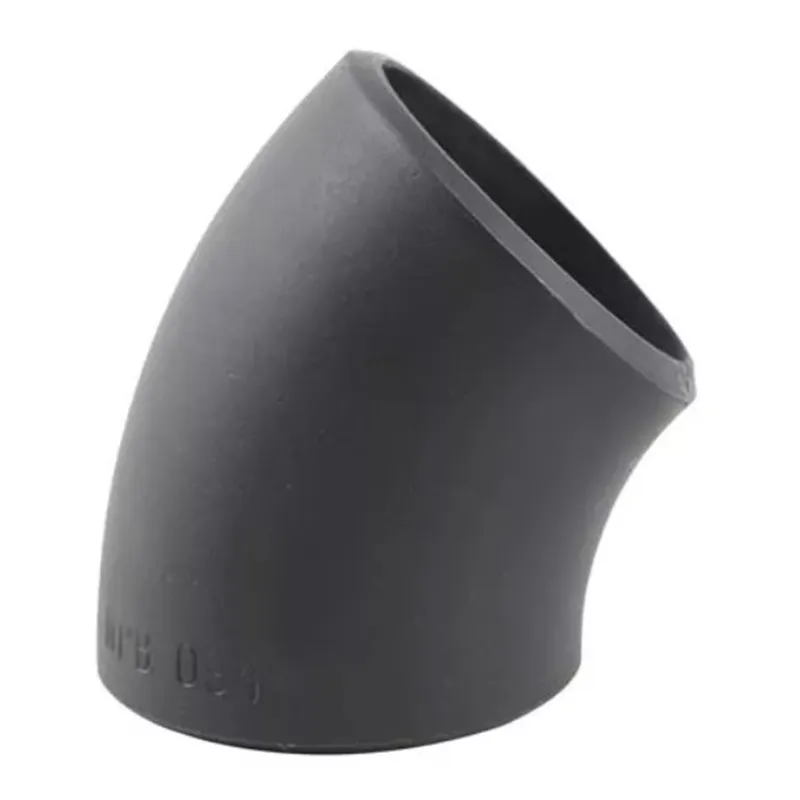-
Cangzhou Yulong Steel Co., Ltd.
-
Phone:
+86 13303177267 -
Email:
admin@ylsteelfittings.com
- English
- Arabic
- Italian
- Spanish
- Portuguese
- German
- kazakh
- Persian
- Greek
- French
- Russian
- Polish
- Thai
- Indonesian
- Vietnamese
- Zulu
- Korean
- Uzbek
- Hindi
- Serbian
- Malay
- Ukrainian
- Gujarati
- Haitian Creole
- hausa
- hawaiian
- Hebrew
- Miao
- Hungarian
- Icelandic
- igbo
- irish
- Japanese
- Javanese
- Kannada
- Khmer
- Rwandese
- Afrikaans
- Albanian
- Amharic
- Armenian
- Azerbaijani
- Basque
- Belarusian
- Bengali
- Bosnian
- Bulgarian
- Catalan
- Cebuano
- China
- China (Taiwan)
- Corsican
- Croatian
- Czech
- Danish
- Esperanto
- Estonian
- Finnish
- Frisian
- Galician
- Georgian
- Kurdish
- Kyrgyz
- Lao
- Latin
- Latvian
- Lithuanian
- Luxembourgish
- Macedonian
- Malgashi
- Malayalam
- Maltese
- Maori
- Marathi
- Mongolian
- Myanmar
- Nepali
- Norwegian
- Norwegian
- Occitan
- Pashto
- Dutch
- Punjabi
- Romanian
- Samoan
- Scottish Gaelic
- Sesotho
- Shona
- Sindhi
- Sinhala
- Slovak
- Slovenian
- Somali
- Sundanese
- Swahili
- Swedish
- Tagalog
- Tajik
- Tamil
- Tatar
- Telugu
- Turkish
- Turkmen
- Urdu
- Uighur
- Welsh
- Bantu
- Yiddish
- Yoruba

Oct . 01, 2024 14:51 Back to list
Techniques for Fusing Steel Pipes Through Welding Methods
Welding Steel Pipes Together A Comprehensive Guide
Welding is one of the most important techniques used in metalworking, especially when it comes to joining steel pipes. In various industries such as construction, oil and gas, and manufacturing, the ability to effectively weld steel pipes is essential for creating strong, reliable bonds that can withstand high pressures and temperatures. This article aims to provide an overview of the processes, techniques, and considerations involved in welding steel pipes together.
Understanding the Basics
Steel pipes are commonly used in a multitude of applications due to their strength, durability, and flexibility. Welding involves melting the edges of the steel pipes to create a strong joint upon cooling. The primary methods for welding steel pipes include shielded metal arc welding (SMAW), gas tungsten arc welding (GTAW), gas metal arc welding (GMAW), and flux-cored arc welding (FCAW). Each method has its particular advantages and is chosen depending on factors like the thickness of the steel, the environment in which welding occurs, and the qualifications of the welder.
Preparing for Welding
Before beginning the welding process, proper preparation is critical. First, the steel pipes should be thoroughly cleaned to remove any dirt, grease, or oxidation that may affect the quality of the weld. This can be accomplished using wire brushes, grinders, or chemical solvents. Next, the edges of the pipes should be properly bevelled to create a V-shape, which enhances penetration and helps with fusion during welding.
Additionally, it is crucial to ensure that the pipes are aligned correctly. Misalignment can lead to weak joints and may even require reworking after welding. Clamps or fixtures are often used to hold the pipes in place during the operation.
Choosing the Right Welding Method
The choice of welding method dramatically affects the quality and efficiency of the weld
.welding steel pipe together

- Shielded Metal Arc Welding (SMAW) is versatile and can be employed in various positions. It requires a high skill level but is effective for thicker materials. - Gas Tungsten Arc Welding (GTAW), also known as TIG welding, offers more precision and is ideal for thin-walled pipes. This method requires the welder to use both hands, making it challenging but beneficial for intricate work. - Gas Metal Arc Welding (GMAW), or MIG welding, is suitable for thick applications and allows for continuous welding, which can significantly speed up the process. - Flux-Cored Arc Welding (FCAW) is useful for outdoor welding where wind can impede other processes, as it generates its shielding gas through a flux-filled electrode.
Executing the Weld
Once the preparation is complete and the appropriate method has been chosen, it’s time to execute the weld. It's important to maintain a consistent speed and angle while welding to ensure even bead distribution. The welder must also monitor the heat input to prevent warping or burn-through, particularly in thinner pipes.
Moreover, depending on the method chosen, different types of filler materials may be required to gain the desired properties in the joint. Using the right filler material is crucial for maintaining the integrity and strength of the weld.
Post-Weld Considerations
After welding, several inspections and tests should be conducted. Visual inspections can identify surface defects, while more intricate testing methods such as ultrasonic testing or radiographic testing can reveal internal flaws. It’s also essential to allow the welded joints to cool slowly and uniformly to prevent cracking.
In some cases, post-weld treatments such as grinding or applying a protective coating may be necessary to enhance corrosion resistance and improve the overall aesthetics of the steel pipes.
Conclusion
Welding steel pipes together is a complex yet rewarding process crucial for numerous industrial applications. Understanding the various methods, preparation techniques, and post-weld considerations can significantly affect the quality of the final product. By adhering to best practices, welders can ensure strong, reliable joints and maintain the integrity of their structures, making welding a vital skill in the world of metalworking. Whether for industrial pipelines, scaffolding, or various construction applications, mastering the art of welding steel pipes is essential for any metalworker dedicated to quality and craftsmanship.
Latest news
-
ANSI 150P SS304 SO FLANGE
NewsFeb.14,2025
-
ASTM A333GR6 STEEL PIPE
NewsJan.20,2025
-
ANSI B16.5 WELDING NECK FLANGE
NewsJan.15,2026
-
ANSI B16.5 SLIP-ON FLANGE
NewsApr.19,2024
-
SABS 1123 FLANGE
NewsJan.15,2025
-
DIN86044 PLATE FLANGE
NewsApr.19,2024
-
DIN2527 BLIND FLANGE
NewsApr.12,2024
-
JIS B2311 Butt-Welding Fittings LR/SR 45°/90° /180°Seamless/Weld
NewsApr.23,2024











